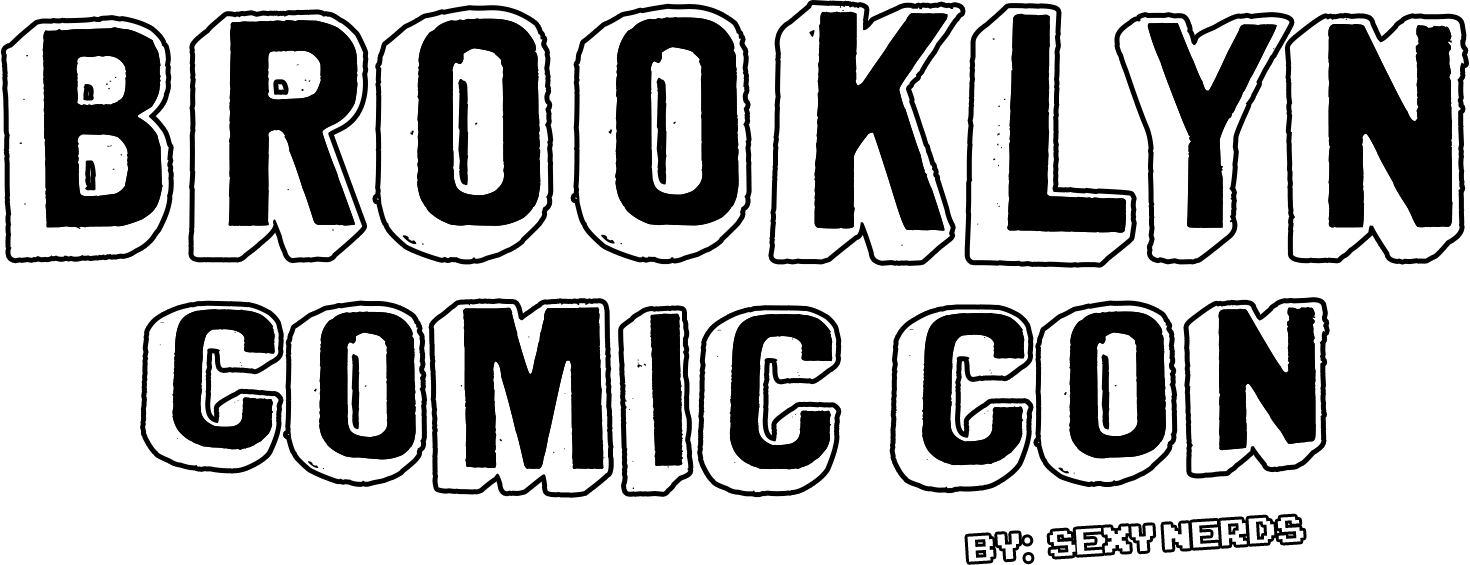Awkward Early Comicbook Movies
Comic book movies are a staple of the modern cinematic landscape, thanks largely to the towering presences of Marvel and DC studios. However, the path to box office gold and critical acclaim was paved with more than a few missteps. Let's take a look at some of the early comic book adaptations that didn't quite capture the essence of their source material, exploring their aesthetic choices, box office performance, and critical reception.
The Fantastic Four (1994)
Never officially released, The Fantastic Four (1994) has become something of an underground legend. Produced by Roger Corman and reportedly made for just a million dollars, the film was created primarily to ensure the producer retained the film rights to the characters. Visually, the movie was criticized for its low-budget effects and costumes that barely resembled their more glamorous comic book counterparts. As it was never intended for a public debut, the film didn’t have box office numbers or official critical reviews but has since gained a cult following for its campy charm and as a curious artifact of copyright loophole exploitation.
Captain America (1990)
Captain America (1990), directed by Albert Pyun, was another low-budget attempt to bring a beloved hero to life. The film featured Matt Salinger in the titular role and took significant liberties with the source material, including a Red Skull hailing from Italy instead of Germany. Critically, the film was panned for its poor script, subpar production values, and a lack of faithful adaptation elements—factors that led to its dismal performance. It was released straight to video in the United States, reflecting its failure to meet the expectations set by the vibrant comic series.
Supergirl (1984)
Supergirl tried to spin off the success of the Superman films but ended up underperforming both critically and at the box office. Starring Helen Slater, the film featured high-flying effects and a fantastical plot involving a magic orb, witches, and an alternate dimension—all of which failed to resonate with audiences expecting the charm and charisma of its predecessor. The film’s aesthetics were criticized for their inconsistency, and despite a $35 million budget, it grossed only about $14 million domestically, marking a significant financial disappointment.
Howard the Duck (1986)
Produced by George Lucas, Howard the Duck is infamous for being a spectacular flop both critically and financially. The film featured a humanoid duck in a blend of comedy, adventure, and romance that many found bewildering and off-putting. The aesthetics were particularly criticized for the unconvincing portrayal of Howard, a character who failed to capture the quirky appeal of his comic book version. With a production budget of around $37 million, the film managed to scrape together about $16 million domestically, cementing its status as a box office bomb.
The Punisher (1989)
The Punisher (1989) starred Dolph Lundgren as the titular anti-hero but missed the mark by omitting key aspects of the character, such as the iconic skull symbol. This film was criticized for its dark tone and excessive violence that seemed unanchored by the comic book’s more nuanced moral dilemmas. Released directly to video in the U.S., it received generally negative reviews for its grim aesthetic and lack of emotional depth, failing to connect with both Punisher fans and general audiences.
Batman & Robin (1997)
Perhaps no comic book movie is as synonymous with critical and commercial failure as Batman & Robin. Directed by Joel Schumacher, this film is often criticized for its campy tone, over-the-top performances, and a barrage of infamous one-liners. Visually, the film was filled with neon lights and an almost cartoonish portrayal of Gotham that did not sit well with fans. It grossed over $238 million worldwide but was considered a disappointment against its massive budget and the high standards set by previous Batman films, not to mention the harsh reception it received from critics and fans alike.
Steel (1997)
Steel starred basketball legend Shaquille O’Neal as a weapons designer turned armored hero. The film was a critical and box office disaster, criticized for its cheesy dialogue, poor acting, and lackluster visual effects that failed to bring the comic book's futuristic technology to life convincingly. With a modest budget, it grossed a mere $1.7 million, and its failure arguably stalled other adaptations of lesser-known comic book heroes for years.
Swamp Thing (1982)
Directed by Wes Craven, Swamp Thing, attempted to blend eco-horror with a superhero origin story. Despite Craven's expertise in horror, the film was criticized for its hokey special effects and a tone that couldn't decide between horror and camp. While it did not perform strongly at the box office, it managed to spawn a sequel and a cult following, thanks in part to its earnest attempt at exploring environmental themes through the comic book genre. Visually, the film did deliver some intriguing swamp landscapes and creature designs, which helped maintain a certain level of charm despite its other shortcomings.
These early forays into comic book movies reflect a fascinating period in cinema where filmmakers grappled with how to bring colorful pages to life. While these films may not have achieved the critical acclaim or box office success of their modern counterparts, they each played a pivotal role in the evolution of the genre. They tested the waters, pushed boundaries, and sometimes failed spectacularly, but ultimately paved the way for the sophisticated superhero blockbusters we enjoy today. As we look back on these efforts, it's clear that each misstep was a learning opportunity, contributing to the richer, more engaging cinematic experiences that now define the comic book movie genre.










